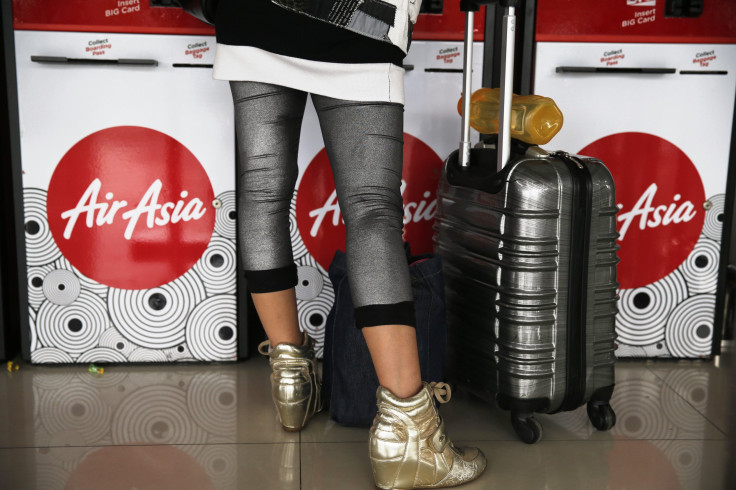Airasia QZ8501: Warning Alarms ‘Screaming’ As Pilots Raced To Stabilise Aircraft Moments Before Crash

Investigators analysing the contents of the recordings from the black box of AirAsia flight QZ8501 have disclosed, warning alarms in the Airbus A320-200's cockpit have been “screaming” as pilots raced to stabilise the aircraft moments before its fatal crash in the Java Sea on December 2014.
The alarms went off after the plane seemed to have climbed abnormally fast. "In the final minutes, the plane climbed at a speed which was beyond normal," Transportation Minister Ignasius Jonan told reporters after he briefed lawmakers at a parliamentary hearing on Tuesday. And when it reached a certain height, AirAsia flight QZ8501 stalled and then started to plunge. All throughout, the pilots worked frantically. Investigators from Indonesia's National Transportation Safety Committee, amid the sound of the alarms drowning the pilots' voices, knew the duo tried in vain to recover the aircraft’s manoeuvrings.
"The warning alarms, we can say, were screaming, while in the background they (the pilot and co-pilot) were busy trying to recover," investigators said. They added the warnings were going off "for some time.”
Jonan said data from the black box of the doomed Airbus A320-200 AirAsia flight QZ8501 showed there was a point the plane was climbing at a speed of 6,000 feet per minute. CNN aviation analyst Mary Schiavo said the abnormal acceleration meant the plane was being impacted by “a tremendous amount of winds and weather." Unlike fighter jets which can climb to as fast as 30,000 per minute, commercial jets aren’t designed for that kind of speed. They have to ascend at a much slower rate, at 1,000 to 2,000 feet per minute. With the 6,000 feet per minute, the AirAsia plane was climbing at a rate “twice as fast as it could and should do on its own," Schiavo said.
The plane, with 162 people on board, ultimately crashed. Just 53 bodies so far have been recovered, with some still strapped into seats. Many believed the majority of the bodies could be located in the wreckage of the fuselage.
Investigators are expected to release a preliminary report next week. The full report maybe disclosed after a year. Terrorism had been ruled out as probable cause for the fatal aviation crash as investigators said they didn’t hear sounds of gunfire or explosions in the contents of the recordings from the black box. Neither were there threats heard in the voices of the pilots.
To report problems or leave feedback for this article, contact: e.misa@ibtimes.com.au
Read more:
Final Report Into Air Asia QZ8501 To Be Released A Year From Now






